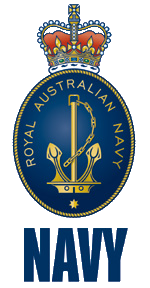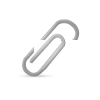
What we've done...
Technical Writing, Engineering and Training Material
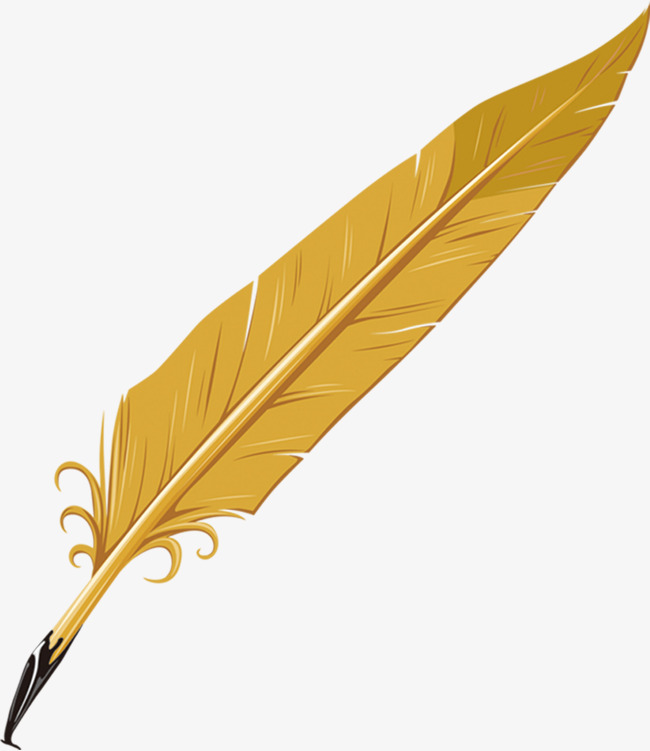
The development cycle for safety, trade, engineering or training related content usually follows the same, or at least a very similar path no matter what industry, company or how a client wants it presented. In each case, we identify the target audience then base the level of task analysis and the related information required on that target audience. Then using that analysis we develop the document (content) and a plan showing the possible layout structure.
Once the planning stage is complete, and in collaboration with the company leadership team, we discuss, review and comment making changes as required. The document (content) is then formatted, checked and published via the required medium to the target audience.
In most cases, the main variation between tasks is the standard governing each client and the work they do, e.g. some military vessels come under maritime law, others might come under military law, but wish to meet or exceed maritime regulations and legislation.
Team-wide Civilian Roles
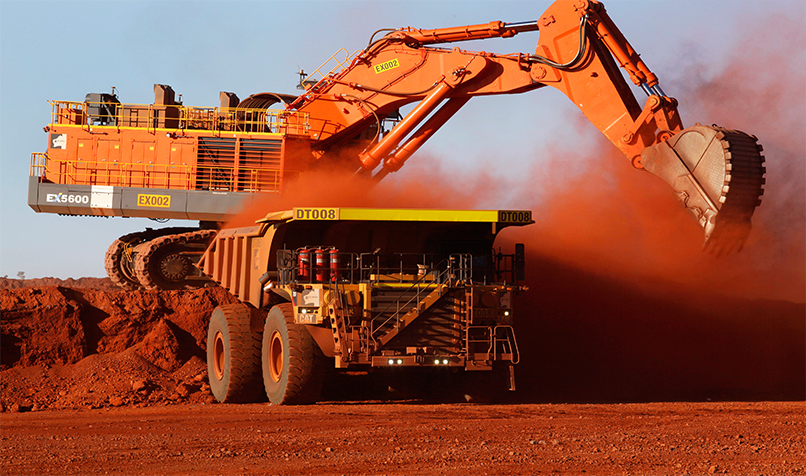
Most of our work in the civilian arena has been in the resources field, generally on projects involving open-cut iron ore mine sites either onsite, FIFO or in a global miner’s CBD office. We have worked remotely for an underground coal project in one of the most hazardous facilites there is in QLD. In a Perth CBD office for a few oil and gas projects, and in Sydney for a couple of rail and train projects, as well as one IT industry project.
The mining industry jobs have normally been either ‘greenfield’ construction jobs or ‘brownfield’ expansion projects, but there’s always a tight deadline, and always a tight budget.
Take a look at the list below and see who we have worked with in the past, maybe there’s some way we could help make your life easier.
| Industry | Client |
|---|---|
| Heavy industry and infrastructure | Komatsu, Downer Rail, Sydney Trains |
| Specialised mining vehicles / equipment | EMT R&D, Aspir/Weir Minerals, DT HiLoad/Ausdrill |
| Major hazardous and explosive facilities | CSBP (Kwinana), Dyno Nobel (Gibson Is) |
| Greenfield iron ore projects (in Australia) | Rio Tinto (SKM / Jacobs) |
| Major Oil & Gas projects | Gorgon/Wheatstone (UGL Resources, Schneider Electric) |
| Brownfield iron ore projects (in Australia) | BHP & Rio Tinto |
| Brownfield coal project (in Australia) | Rio Tinto (Bechtel) |
| Brownfield bauxite project (in Australia) | Rio Tinto Aluminium (Bechtel) |
Team-wide Military Roles
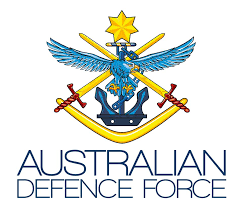
The fact that most of our team has served in the Australian military must speak to the high regard our team holds this country and believe in supporting our forces. In fact, our team has a combined total of over 30 years service in the ADF, with the majority of that service spent in the Royal Australian Navy (RAN).
Over the years our team have worked for the different services, under some very ‘interesting’ conditions, e.g. in a Learjet towing targets for Mirage fighter jets, or hundreds of feet underwater in a submarine. We've travelled to India, South Korea, Italy, UK, USA and sometimes we even stayed home and worked in this country, like in one instance, investigating data for the refit of a jet engine test facility, with a fuel-laden atmosphere so dangerous you could not wear regular clothing in case you created a spark and ignited your immediate surroundings.
Well-written technical documents in any situation, but in particular, when developing documentation (content) for the military must adhere to the required standards or guidelines. Technical documents (content) come in many styles and formats, and when writing for use by civilian companies, the standards or style guides most likely used will be The Associated Press Stylebook or the Chicago Manual of Style.
When we’re developing documentation (content) for an engineering project, particularly defence or aerospace related projects, we follow the required standards, such as the ATA100, iSpec2200 or S1000D for either civil or defence platforms. Added to these within the ADF, are the DEF (AUST) series of publications, more specifically, DEF (AUST) 5629 A/B.
If you’re a serving member needing to undertake remediation works after you've been left high and dry, or a defence contract company working on or wanting to work on a defence project, we have current security clearances, which if required can go higher as the need arises. Moreover, we have experience working on all manner of defence related platforms, i.e. ships, submarines and rotating or fixed-wing aircraft.
Take a look at the list below and see who we have worked with in the past, maybe there’s some way we could help make your life easier.
| ADF Platform | Client |
|---|---|
| Surface vessels | Guided Missile Destroyers & Frigates (DD & FFH) |
| Surface vessels | Patrol Boats (FCPB) |
| Submarines | SSG (Oberon & Collins) |
| Aircraft | Fixed Wing - Boeing (P3C Orion, AEW&C) |
| Aircraft | Rotary Wing - Airbus Helicopter (Tiger, MH-90) |
| Maintenance & Operation | Support for Submarines, Tugs, Fuelling & small boats (NPSO/Serco) |
